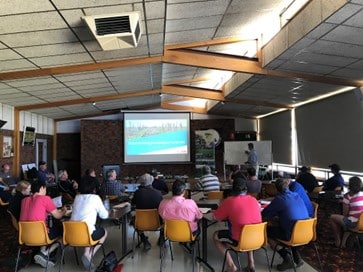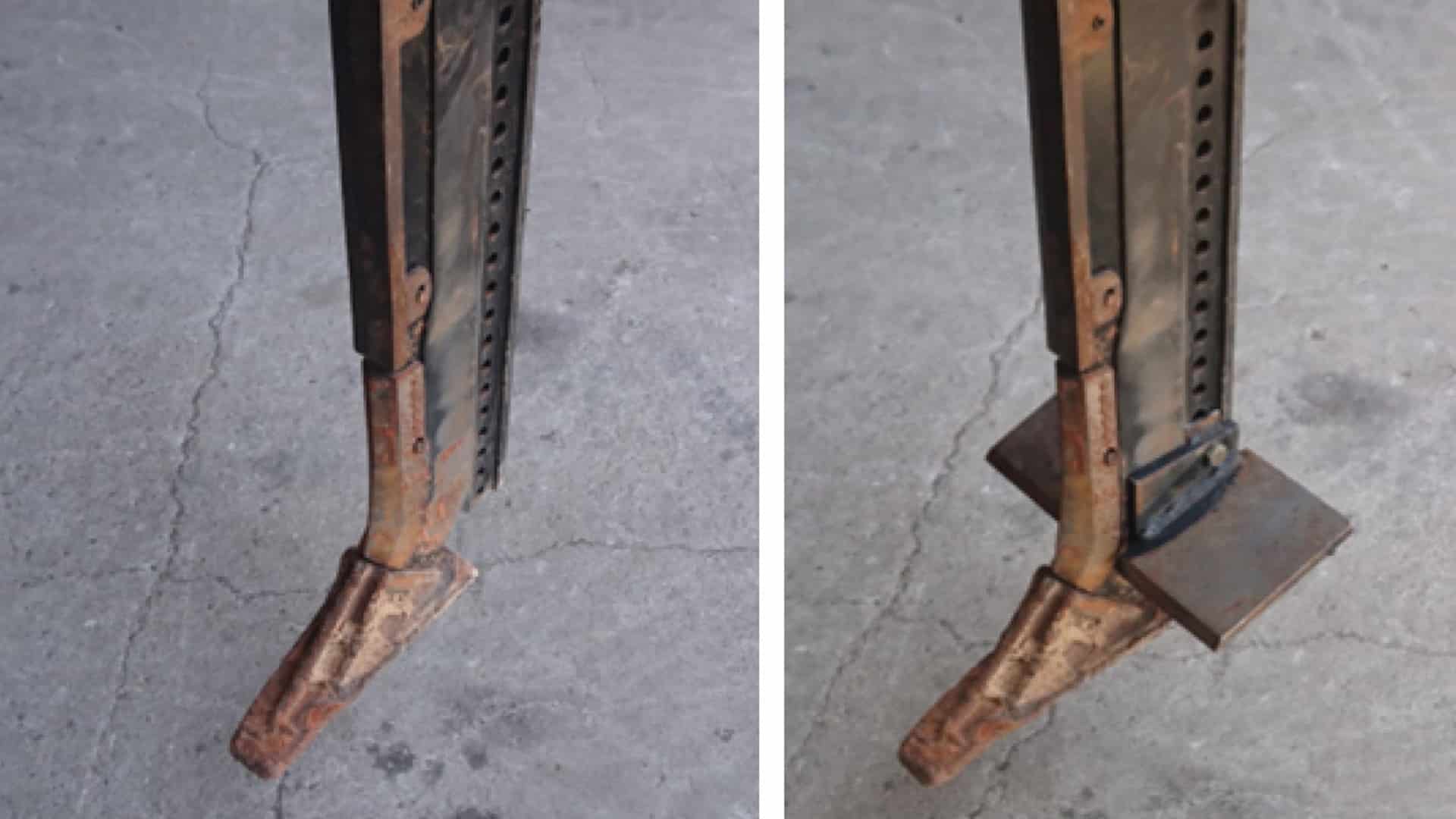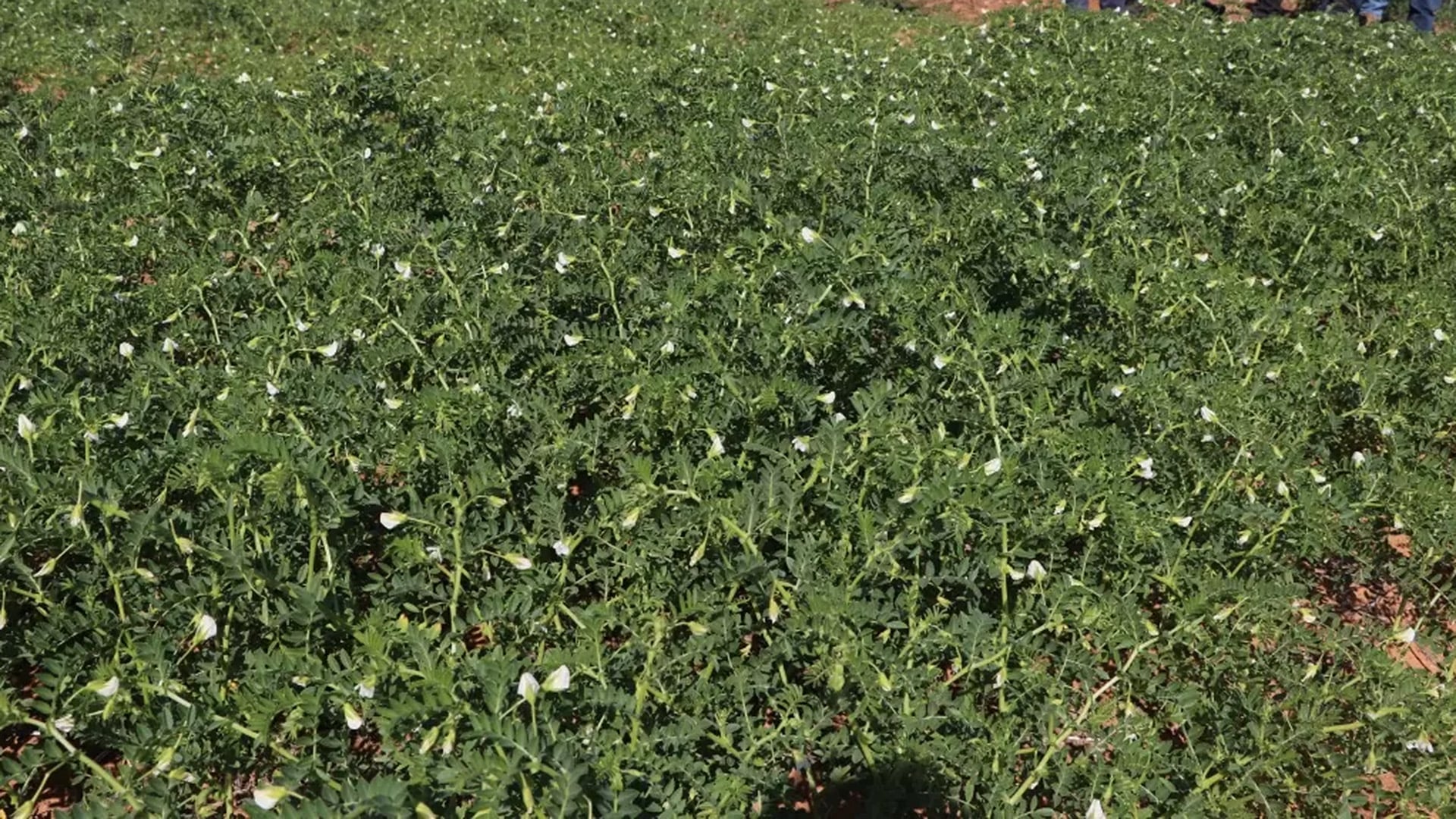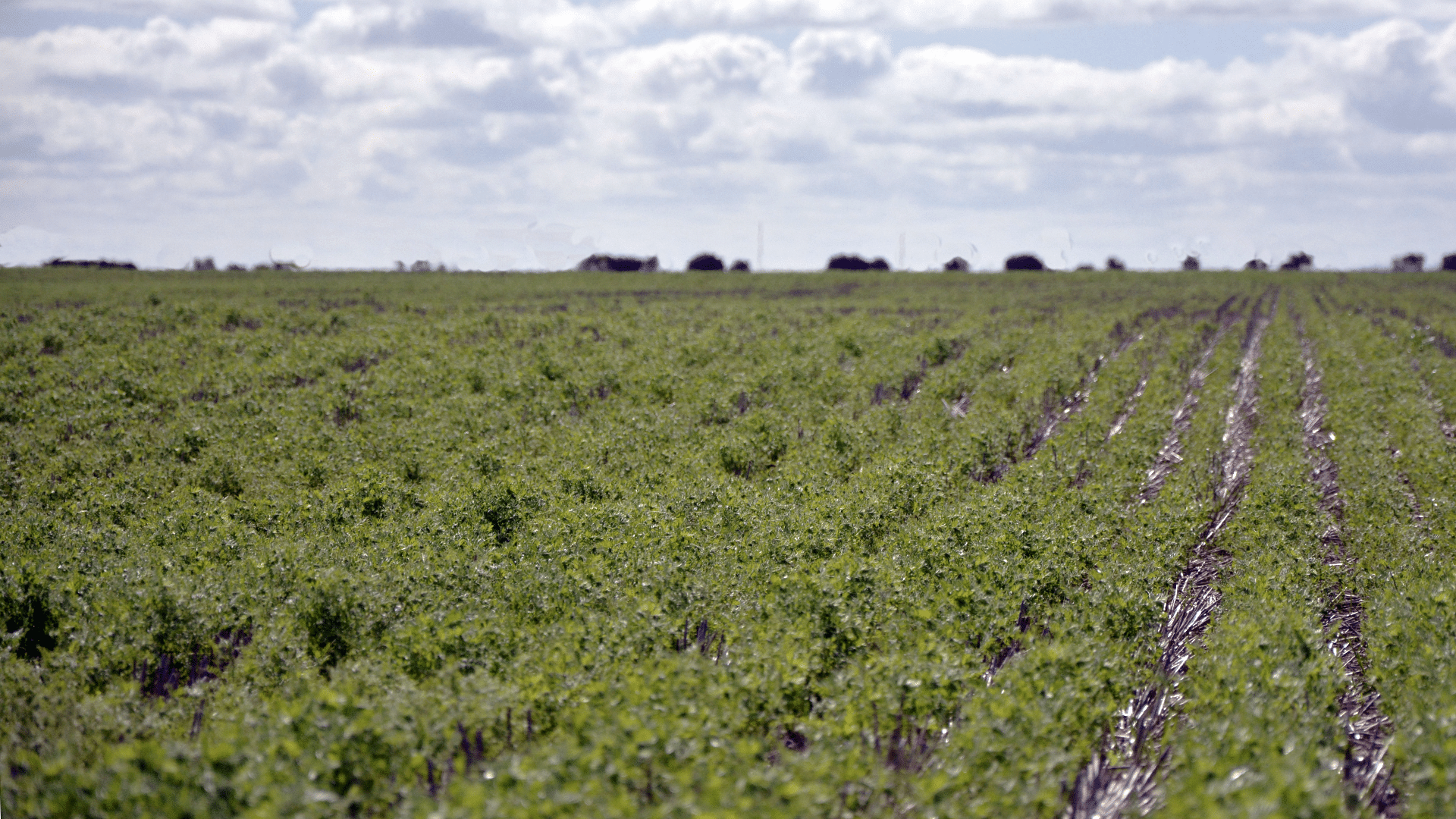START
FINISH

Summary
Agronomists and growers on the Eyre Peninsula attended workshops at Cummins or Wudinna to learn how they can maximise the effectiveness of pre-emergent herbicides.
Mark Congreve, Independent Consultants Australia Network (ICAN), hosted the workshops and provided attendees with a good understanding of the chemical and environmental factors that can impact the effectiveness of pre-emergent herbicides.
The event included a presentation, discussion and take-home notes. The majority of attendees said the information would influence how they select and apply pre-emergent herbicides.
Background
A new suite of pre-emergent herbicides has the potential to help growers control weeds that have developed resistance to post-emergent herbicides, especially annual rye grass.
However the chemical persistence and mobility of pre-emergent herbicides is critical to their effectiveness in the soil. In addition, the products must be applied carefully to avoid causing crop damage.
EPARF recognised that helping growers and agronomists to understand the various constraints would help them maximise the effectiveness and longevity of pre-emergent herbicides, especially with new products being registered for use in crops.
Research Aims
The core objectives of the project were to:
- Host a pair of one-day workshops to give Eyre Peninsula growers and agronomists access to leading knowledge on pre-emergent herbicide use.
- Help local growers and agronomists select the most appropriate pre-emergent herbicides for their soil type and cropping system.
In The Field
Two pre-emergent herbicide workshops were held at Wudinna (Wudinna Community Club) on 29 January 2020 and Cummins (Cummins Ramblers Football Club) on 30 January 2020. These workshops were hosted by Mark Congreve, Independent Consultants Australia Network (ICAN).
Mr Congreve gave a presentation on the factors affecting pre-emergent herbicide behaviour and availability, and the importance of considering those factors when selecting suitable products to suit the growing conditions and cropping system.
Along with the chemical nature of the product applied (volatility, photolysis and solubility), participants were able to understand the role of stubble in intercepting sprayed chemical, the importance of soil type in both absorption and leaching rates, the rates at which soil microbes can break down chemicals, and the effects of tillage on the distribution of weed seeds.
These factors all affect the persistence of the herbicide in the soil and its availability for weeds.
Interaction with stubble was a key topic of interest for those using a no-till system.
After questions and discussion, all attendees received detailed take-home notes covering the key points with links to additional online resources and references.
Results
Expected attendance was 20 people for each workshop. In the end, 29 people the Wudinna event and 26 attended at Cummins for a total of 55 participants.
In post-event evaluation, 89 per cent of attendees said the workshops fully met their expectations and 78 per cent felt they had gained a greater understanding of how to apply pre-emergent herbicides in the most effective way.
Project Participants
EPARF (AIR EP): Andy Bates
Independent Consultants Australia Network: Mark Congreve
The Problem
In order to maximise the effect of pre-emergent herbicides and minimise crop damage, growers and agronomists should understand how these chemicals interact with the sowing environment.
The research
Eyre Peninsula Agricultural Research Foundation (now part of AIR EP) held two successful pre-emergent herbicide workshops, hosted by Mark Congreve, Independent Consultants Australia Network (ICAN).
More information
Naomi Scholz, AIR EP
T: 0428 540 670
E: [email protected]
Value for Growers
This cohort of growers and advisers now understand that soil type (including texture, pH and changes at depth), planter set-up, soil microbes and chemical rotations are all critical to the effectiveness of pre-emergent herbicides in South Australian cropping systems.
Approximately 72 per cent of attendees expected to change their practices as a result of the information they had gained in the workshops.
After attending their workshop, all participants received a take-home summary covering the key take home messages. They can refer to this information and propagate it through their community contacts.




